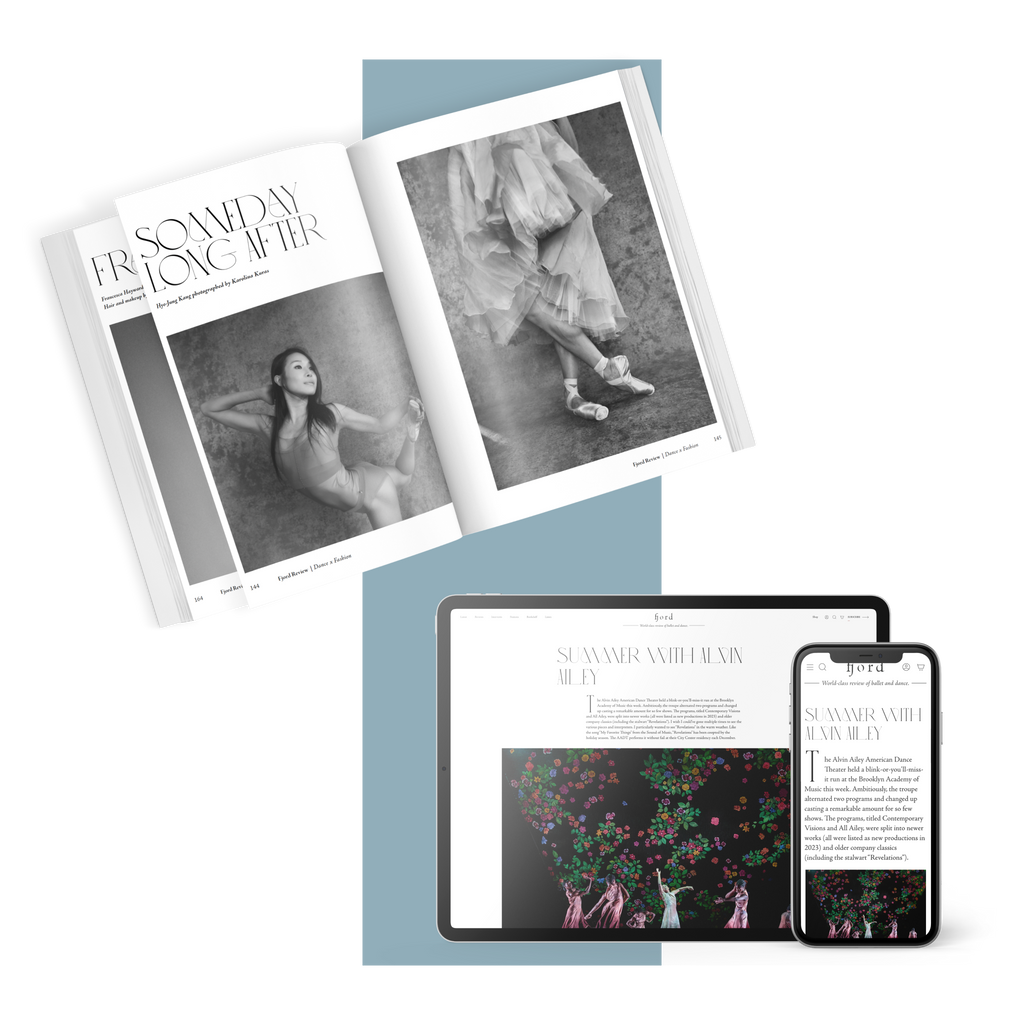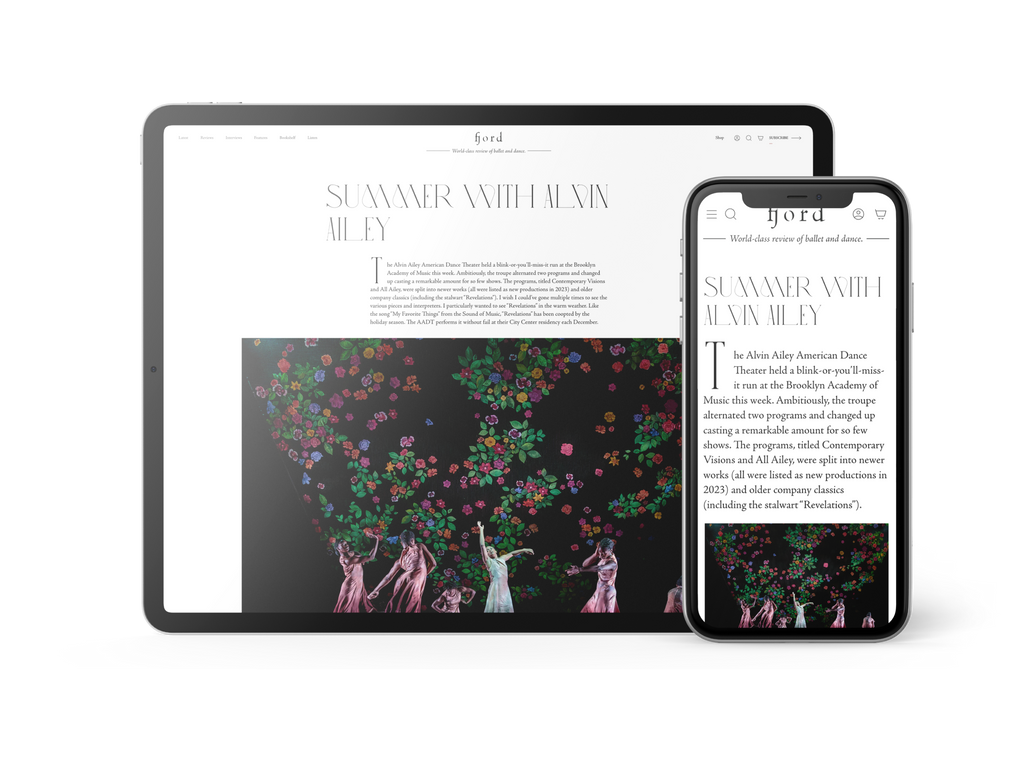“Whyte:” The trio of Ricardo Da Silva, Gemma Kay Hoddy and Dickson Mbi, dressed in cream coloured futuristic military wear with belts done up like straitjackets, emerge into the space, swathed in Lee Curran's stark, minimal light.This area could be an asylum, or possibly a prison cell. Seemingly powered as though wired to the mains, they start twitching from the groins and legs, faces strained with effort. Glitchy modes of old-school hip-hop, robotics and popping and locking complement the minimalist soundtrack, also created by Asante, reminiscent of DJ Shadow and early Wu-Tang Clan, and the more haunting samples which sound eerie and monastic are responded to by slo-motion, martial arts-like phrasing. As the other five dancers slide into place along the floor, more frenzied African shakes and shimmies are incorporated, with a sense of defiance and pugilistic stances. The company are primed, ready for battle; hands become claws.
“Gray:” Less ‘pure’ hip-hop based movement is represented here. The emphasis is placed upon the narrative theatricality of the ensemble work, as the troupe are poised with more contemporary and balletic movements. The eight dancers pose like snipers, or Black Panthers, with fists clenched. Restless, complex footwork contrasts with the grace of the upper bodies, sleek and acrobatic. Their slick grooves occasionally call to mind Janet Jackson's “Rhythm Nation” choreography, at once pugilistic and undulating. The men vie for leadership positions, but are swiftly undercut by the others—an all-pervasive feeling of unity wins out. Everyone gets to solo: of note are Nicole McDowell, dreads flying, sinewy but graceful, and Jordan 'J-Funk' Franklin, who is only twenty one, completely assured.
Locking is no longer a mere hip-hop term: here it's all about locking and loading.
“Blak:” If the previous part eschewed any kind of nods towards gender, the masculine theme is more implicit in the last part. Dickson Mbi, struggling to stay upright, is pushed, pulled and prodded like a kind of marionette, before bursting to imperious life as a king, draped in scarlet silken fabric (also alluded to in the red design on the stage). Now revived, the action revolves around him, culminating in a kind of 90s inspired voodoo rave—a nod to A Guy Called Gerald's “Voodoo Ray” perhaps? The lights go out, UV lights pick out fluorescent colours of clothes and paint, and the dancers explode in a celebratory African dance, flanked by masks.
Freestyling solos (particularly Natasha Gooden's double-jointed daggering and Mbi's flexing) break the uniformity of performing together, and whip the crowd into a whooping, cheering frenzy.
It's only the middle segment which feels jarring in terms of its content, more contemporary shaping not really in keeping with the more urban-inflected start and finale. But that is a small detail. Above all, it's the incredible otherwordly opening routine that most resonates: particularly pertinent and simmering with defiance, given the recent attacks in London, Paris, Chicago and Charlottesville, among other cities. Boy Blue Entertainment don't just make incredible routines with an acknowledgement of urban subcultures, past, present and future: they actually make work that matters, full of political and societal implications and which means a lot in our increasingly turbulent times.









comments